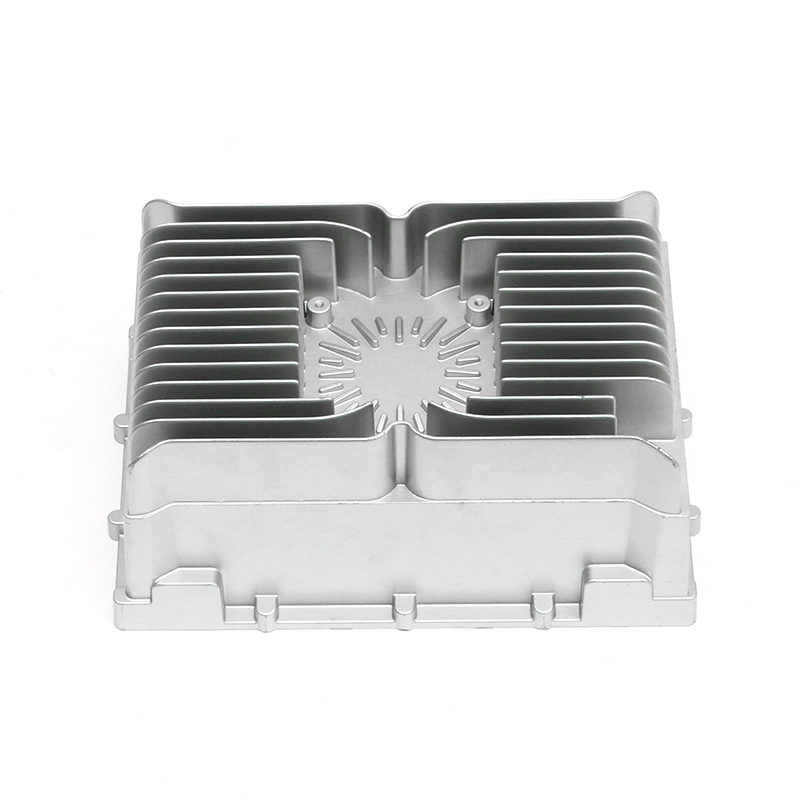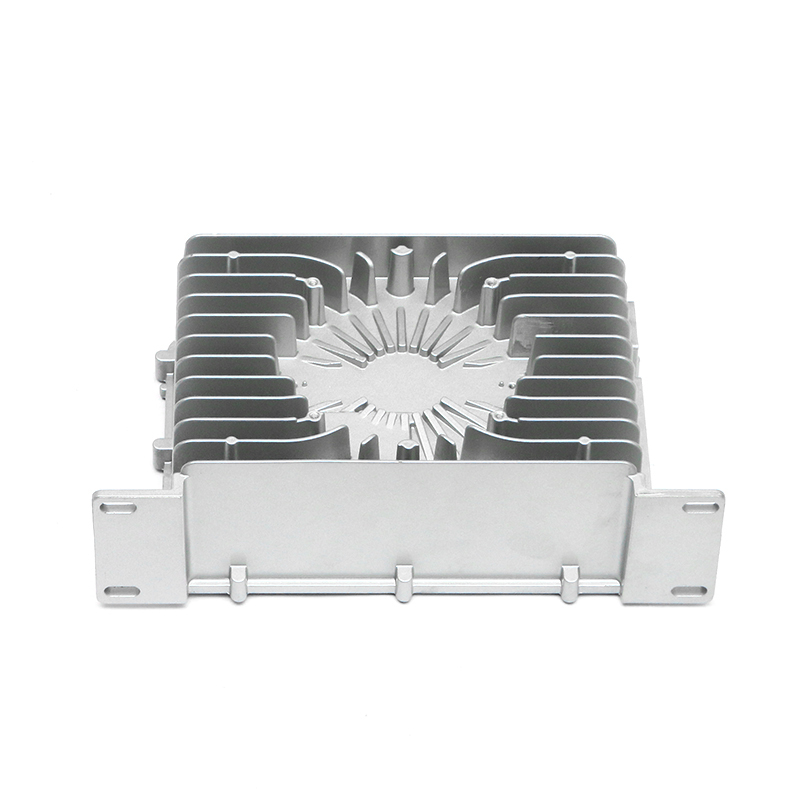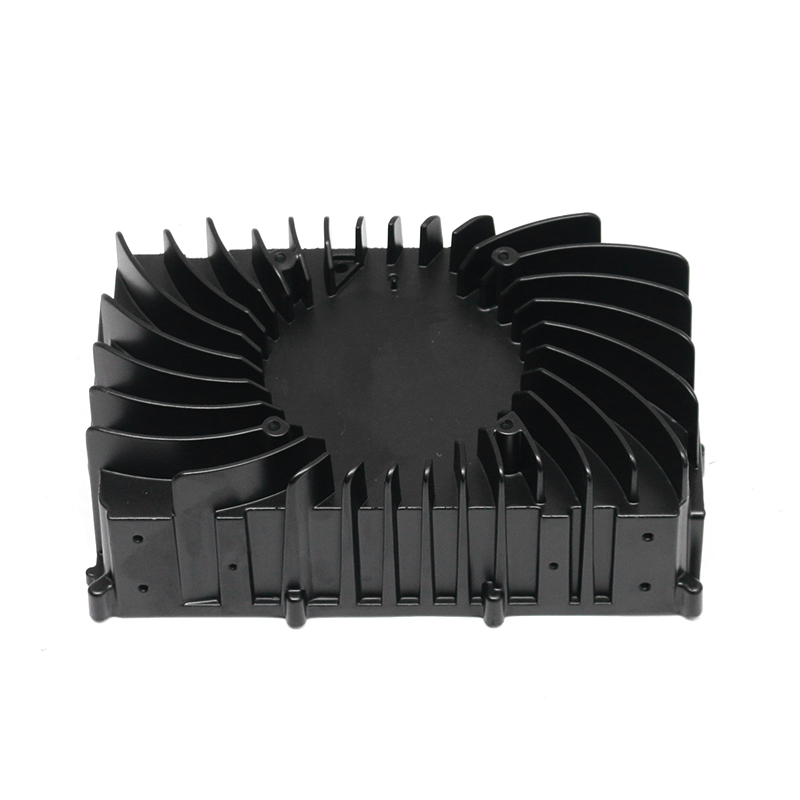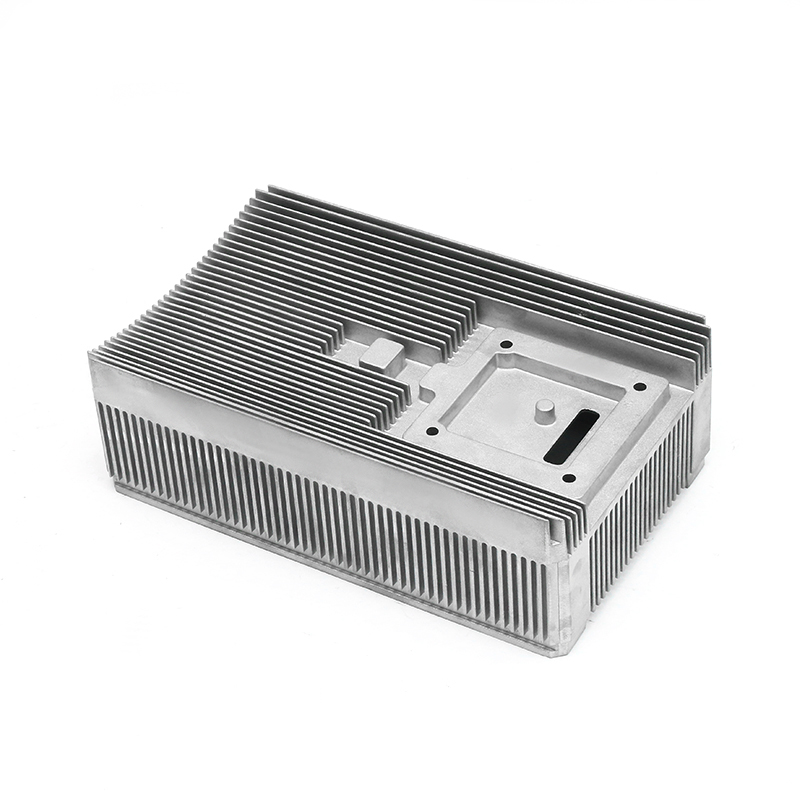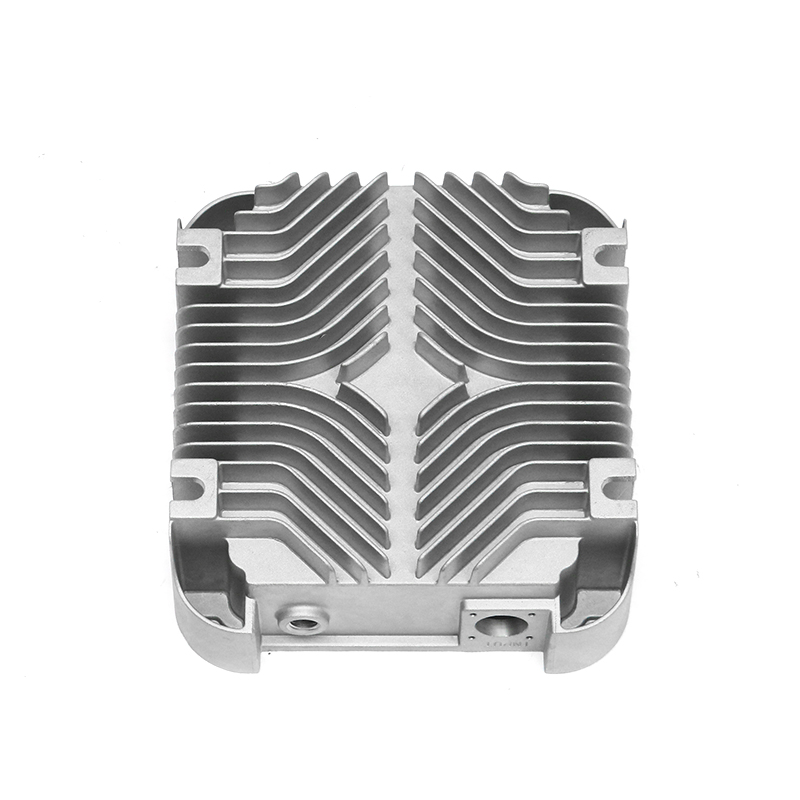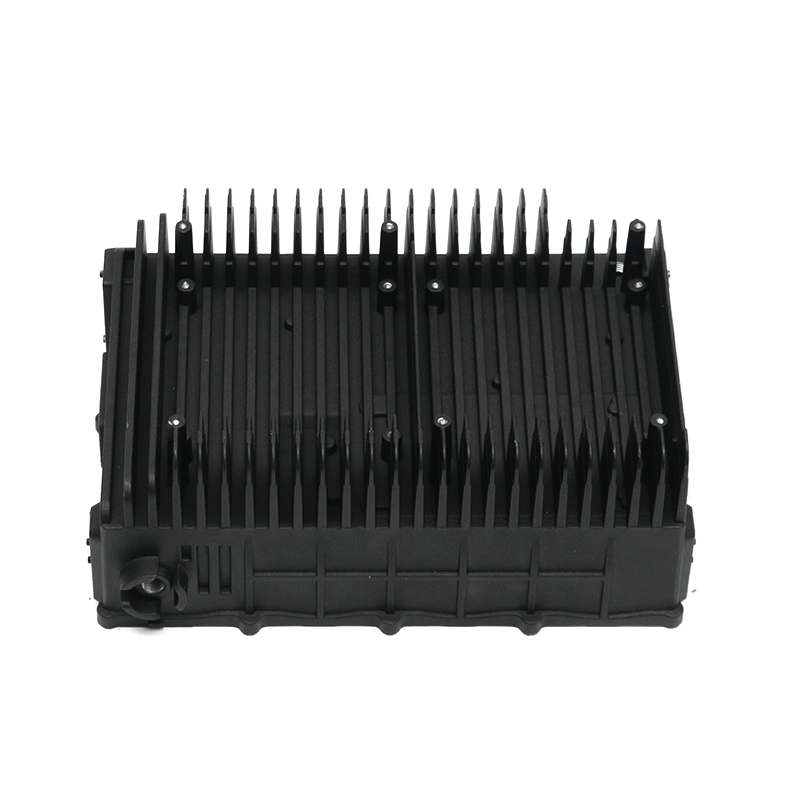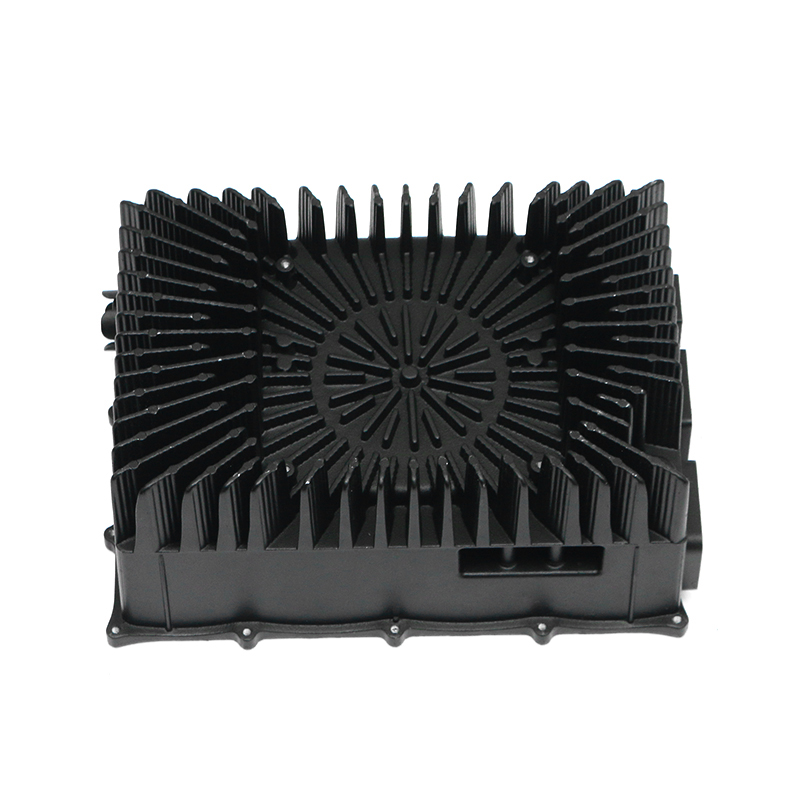Introduction to Car Water Pump Die Casting
Car water pumps play a crucial role in the vehicle's cooling system by circulating coolant through the engine to prevent overheating. The production of these components requires precision and efficiency, which is why die casting has become a popular manufacturing method. Die casting is a process where molten metal is injected into a mold to produce highly detailed and durable parts. This method offers numerous benefits over traditional manufacturing techniques, especially in terms of reducing waste, improving energy efficiency, and contributing to environmental sustainability.
Die Casting Process and Its Role in Manufacturing
Die casting is a manufacturing process used to produce metal parts by forcing molten metal into a mold under high pressure. This technique is used for a wide variety of parts in industries such as automotive, aerospace, and electronics. In the case of car water pumps, die casting enables the creation of components with intricate designs and high dimensional accuracy. The precision offered by die casting ensures that the parts fit perfectly within the vehicle’s cooling system, enhancing both performance and longevity. By employing high-quality materials such as aluminum and magnesium alloys, die casting also reduces the weight of the car water pump, contributing to improved fuel efficiency.
Reduction of Material Waste in Die Casting
One of the key environmental benefits of die casting, particularly in the production of car water pumps, is the reduction in material waste. Traditional manufacturing methods, such as machining, often generate significant amounts of scrap material, which must be disposed of or recycled. In contrast, die casting is a near-net-shape process, meaning that the final part is close to its final dimensions right out of the mold. This significantly minimizes the need for secondary processes like machining, which can produce substantial amounts of waste. Furthermore, any excess metal from the die casting process, such as overflow or sprues, can be recycled and reused in subsequent production cycles, further reducing waste and conserving resources.
Energy Efficiency in the Die Casting Process
Energy consumption is a critical factor in any manufacturing process, and die casting offers notable advantages in terms of energy efficiency. The process requires the use of high-pressure machinery to inject molten metal into molds, but the energy used in this process is relatively low compared to other manufacturing techniques, such as forging or casting with sand molds. This efficiency stems from the precision of the die casting molds, which reduce the need for excessive heating or cooling. Additionally, the high strength and durability of die-cast components, like car water pumps, reduce the frequency of replacements, further decreasing the overall energy required for production and use.
Improved Recycling Opportunities
Recycling plays a significant role in improving the environmental sustainability of die casting, especially in the automotive industry. Die-cast components, such as car water pumps, are often made from aluminum and magnesium alloys, both of which are highly recyclable. The recycling process for these materials requires significantly less energy compared to producing new metal from raw ores. Aluminum, for example, can be recycled multiple times without losing its properties, making it an environmentally friendly choice for manufacturing car water pumps. By using recycled materials in the die casting process, manufacturers can reduce the demand for virgin metals, lowering energy consumption and reducing the environmental impact associated with mining and refining metals.
Reduction of Carbon Footprint in Automotive Manufacturing
Automotive manufacturing is energy-intensive, and reducing the carbon footprint of this process is essential for meeting sustainability goals. Die casting helps reduce the carbon footprint of car water pump production in several ways. First, by reducing material waste and energy consumption, the overall environmental impact of manufacturing is lowered. Second, the use of lightweight materials such as aluminum and magnesium in die-cast parts contributes to a reduction in vehicle weight, which in turn improves fuel efficiency and reduces emissions over the lifetime of the vehicle. The lower weight of the car water pump also reduces the amount of energy required to transport the vehicle during production and delivery, further decreasing the carbon footprint associated with the supply chain.
Enhancing Durability and Longevity of Car Water Pumps
The durability and longevity of car water pumps produced through die casting also contribute to environmental benefits. Die-cast water pumps are known for their high strength and resistance to wear and corrosion, which extends their lifespan. As a result, vehicles equipped with die-cast water pumps are less likely to require frequent replacements, reducing the amount of waste generated from discarded parts. Longer-lasting components also contribute to lower maintenance requirements and reduce the consumption of resources needed for repair and replacement parts. By improving the lifespan of car water pumps, die casting helps to promote a more sustainable approach to automotive manufacturing and usage.
Reducing the Need for Packaging and Transportation
The precision of die-cast manufacturing also results in parts that are more uniform and fit for purpose, reducing the need for excess packaging and transportation. Because the dimensions of die-cast parts are highly accurate, there is less need for additional processing steps or custom packaging to protect the parts during shipment. This reduction in packaging not only decreases material use but also reduces the environmental impact associated with the transportation of excess materials. Additionally, the lightweight nature of die-cast car water pumps reduces transportation costs and emissions, as fewer resources are required to move the finished parts from the manufacturer to the car assembly plant.
Cost-Effectiveness and Its Link to Environmental Sustainability
While the initial cost of die-casting equipment and molds can be high, the long-term cost-effectiveness of this method offers indirect environmental benefits. The reduction in material waste, energy consumption, and need for additional processing helps lower the overall cost per unit. This cost savings can be reinvested into further improving manufacturing techniques or implementing other sustainability initiatives. Additionally, the reduced frequency of repairs and replacements associated with die-cast car water pumps helps lower the overall cost of ownership for consumers, which encourages the adoption of more environmentally friendly products.
Impact on the Supply Chain and Local Economies
Die casting can also have positive effects on the supply chain and local economies. Because die-cast parts are often produced in close proximity to the assembly plants, transportation distances can be minimized, which reduces the environmental impact associated with long-distance shipping. Moreover, the high efficiency of die casting means that fewer raw materials are required to produce the same number of parts, which helps to conserve resources. The increased demand for die-cast components can also create jobs in local manufacturing facilities, supporting regional economies while maintaining a focus on environmental sustainability.
Challenges and Future Developments in Die Casting
While die casting offers several environmental benefits, there are challenges that need to be addressed to further improve its sustainability. For example, the production of aluminum and magnesium alloys for die casting can still be energy-intensive, particularly in the extraction and processing stages. However, as technology continues to advance, new methods for more energy-efficient alloy production and recycling are emerging. Researchers are exploring alternative materials and innovative techniques, such as 3D printing, that could further reduce energy consumption and waste in the manufacturing process. The development of more sustainable practices in die casting will be essential to meeting the growing demand for eco-friendly automotive manufacturing.
Environmental Benefits Comparison Table
| Benefit | Impact of Die Casting |
|---|---|
| Reduction of Material Waste | Minimized scrap and excess material, with the ability to recycle metal from previous casts |
| Energy Efficiency | Lower energy consumption compared to traditional casting and machining methods |
| Recycling Opportunities | High recyclability of materials like aluminum and magnesium reduces resource extraction and energy use |
| Carbon Footprint Reduction | Reduced emissions due to lightweight materials, less energy used in transportation, and longer-lasting parts |
| Durability and Longevity | Parts last longer, reducing the need for replacements and minimizing waste over time |
| Cost-Effectiveness | Lower overall production costs, enabling reinvestment in sustainable practices |


